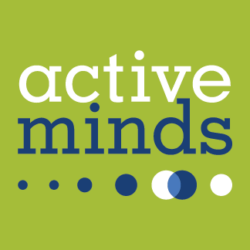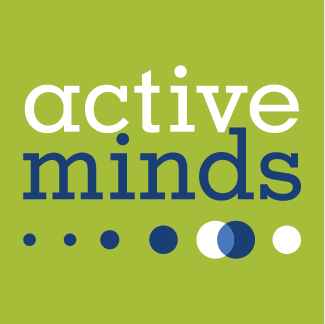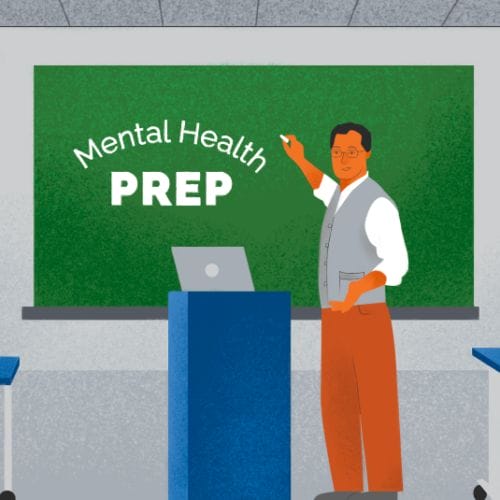I grew up in an athletic family. My mom and older brother both played volleyball, and I played just about everything under the sun, eventually falling in love with basketball. By the time I was a freshman in high school, I was on three separate basketball teams. Basketball was my life, and my body reflected that.
In society, women are often conditioned to believe the perfect body is thin and tall, not short and muscular like my basketball body. Other players, parents, and even coaches bullied me because I had the “wrong” body type. Their words made me insecure, and I began to restrict my diet to lose my muscular physique and drop weight. I learned that the less I ate, the more water I drank, the more I was able to fit in, and the less I was bullied. I found out how to trick my body, and that discovery began a vicious cycle that I still struggle with today: my eating disorder.
Treatment was difficult for me, but I did recover. I was three years free of my eating disorder when the distorted thoughts came back into my mind. I was at a point in my life when little was under my control: my family was moving from Pennsylvania to New York, and I was beginning college in Massachusetts, far away from them. To gain control back, I went back to my disordered thoughts from high school. I started to count calories and became addicted to exercise, working out four to five hours a day just to escape.
In high school, my eating disorder was fueled by the voices of those around me. In college, my own voice was my biggest enemy. To overcome my disorder, I needed to overcome the yelling in my own head that was telling me I wasn’t good enough. Over time and with the help of those around me, I was able to find small moments where I could take back control of my life. Once again, I focused on my recovery, practiced self-love, and pushed my eating disorder out of the way.
According to the National Institute of Mental Health, 3.8% of females, ages 13-17, and 1.5% of males in the same age category have been diagnosed with eating disorders. Furthermore, the National Eating Disorders Administration reports that nearly ⅓ of female athletes in division 1 NCAA teams are symptomatic of behaviors associated with Anorexia Nervosa. These statistics not only prove that there is a problem with how society influences what young Americans perceive as the perfect body type but also reveals that those who do struggle with eating disorders are not alone.
If there is one thing I have learned from my experience, is that no matter how far out of the way I push my eating disorder, it will always be there. When I felt I had overcome my habits, I thought it was the end, but it wasn’t. Just like any mental health illness, learning to overcome does not mean learning to remove entirely, but learning to develop strategies that help keep the disordered thinking at bay. It’s important to surround yourself with people who know your story and who will support you, even when you cannot support yourself. I know I’m not perfect, but most importantly, I know that perfection is not humanly possible. I hope that by telling my story, you will find comfort in knowing that whoever you are, whatever you are struggling with, you are not alone, and you too, will find comfort in the beautiful imperfections of your life.







